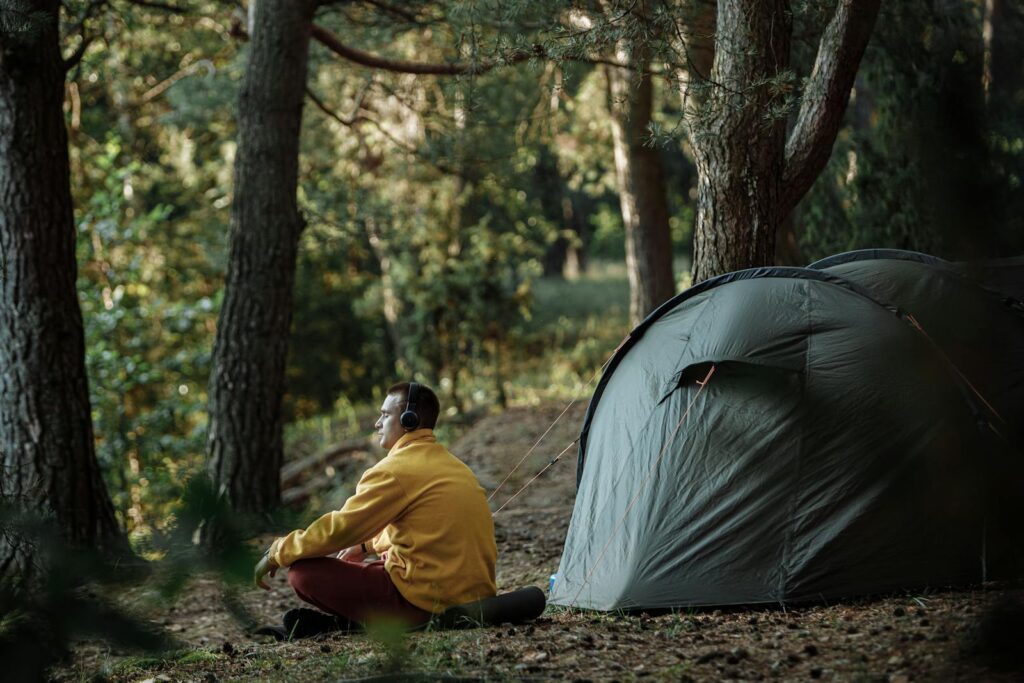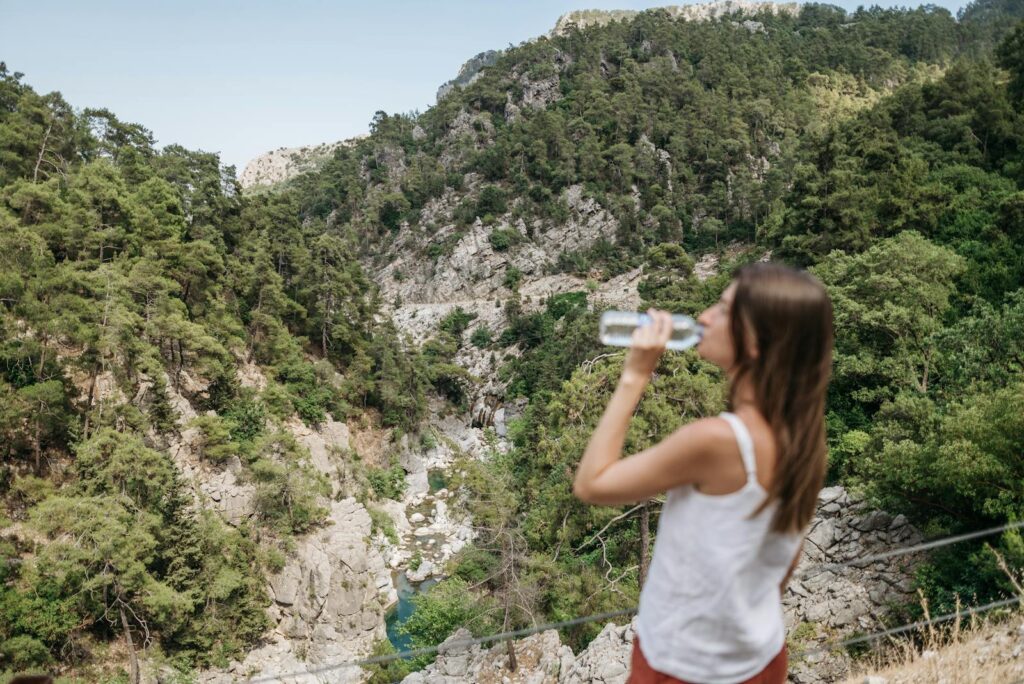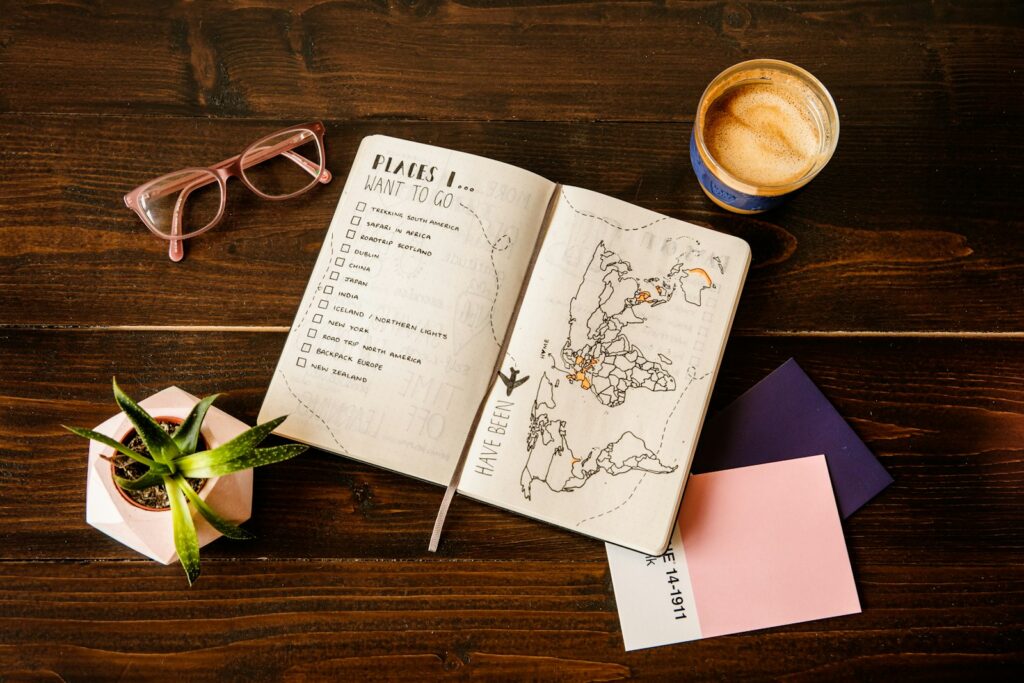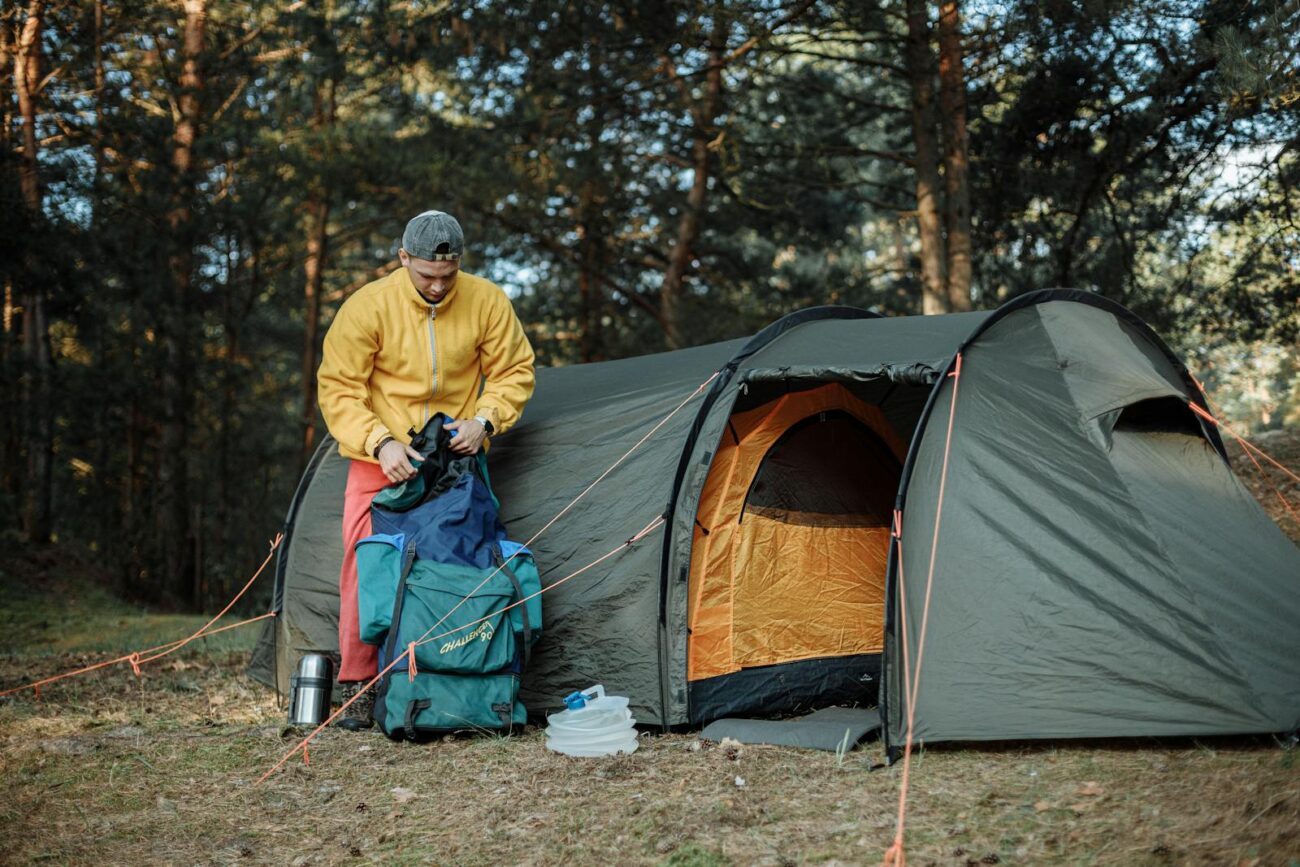Multi-day trekking adventures push our bodies to their limits as we navigate challenging terrain, carry heavy loads, and endure changing weather conditions. The difference between an enjoyable journey and a miserable ordeal often comes down to how quickly your body can recover each day. Packing the right recovery tools doesn’t just enhance comfort—it ensures you maintain energy levels, prevent injuries, and fully appreciate the wilderness experience. This comprehensive guide explores essential recovery items that deserve space in your backpack, helping you bounce back stronger each morning and make the most of your trekking adventure.
The Science of Recovery During Multi-Day Hikes

During extended treks, your body experiences multiple stressors including muscle microtrauma, glycogen depletion, dehydration, and accumulating fatigue. Recovery isn’t merely about feeling better—it’s a physiological process requiring specific nutrients, rest protocols, and therapeutic interventions to repair damaged tissues and restore energy systems. Research shows that proactive recovery strategies can reduce recovery time by up to 50%, allowing your body to adapt positively to the stress of consecutive hiking days. Understanding these physiological demands helps explain why certain recovery tools are non-negotiable in your pack, especially when every ounce counts and space is limited.
Hydration Systems and Electrolyte Supplements

Proper hydration forms the foundation of effective recovery, as even mild dehydration can significantly impair muscle repair and increase soreness. Pack a reliable water filtration system that balances weight concerns with sufficient capacity for your daily needs—typically at least 2-3 liters per day depending on climate and exertion level. Complement this with electrolyte supplements in tablet, powder, or liquid form to replace sodium, potassium, and magnesium lost through sweat. These minerals are crucial for nerve function, muscle contraction, and preventing cramping after long hiking days. Consider hydration bladders with drinking tubes for convenient sipping throughout the day, as consistent hydration proves more effective than attempting to “catch up” at camp.
Nutrient-Dense Recovery Foods

Strategic nutrition significantly accelerates recovery on the trail, particularly when consumed within the crucial 30-45 minute window after finishing each day’s hike. Pack lightweight, shelf-stable protein sources like jerky, tuna packets, or protein powder to supply the amino acids necessary for muscle repair. Complement these with quick-absorbing carbohydrates such as dried fruits, honey packets, or energy chews to replenish depleted glycogen stores. Nuts and seeds deliver essential fatty acids that reduce inflammation while providing sustained energy. Pre-planning recovery meals and snacks with optimal macronutrient ratios (typically 3:1 carbohydrate to protein) ensures you’re not left without proper nutrition when your body needs it most for overnight recovery.
Compression Garments for Overnight Recovery

Compression clothing has moved beyond athletic fashion to become a science-backed recovery tool worthy of space in your pack. Light compression socks or calf sleeves worn overnight improve circulation, reduce fluid accumulation, and decrease perceived muscle soreness by up to 30% according to recent studies. The gentle pressure enhances venous return, helping clear metabolic waste products that accumulate during intensive hiking. Choose lightweight, packable compression items specifically designed for recovery (rather than performance) with graduated compression patterns. Despite adding a few ounces to your pack, the recovery benefits typically outweigh the weight penalty, especially when facing consecutive challenging days on the trail.
Portable Massage Tools

Self-massage tools provide targeted myofascial release that can prevent minor discomforts from developing into trek-ending injuries. Lightweight options include massage balls (tennis ball-sized or smaller), collapsible massage sticks, or specialized thumb tools that apply pressure to trigger points. These tools allow you to perform deep tissue massage on tight spots like IT bands, plantar fascia, and quadriceps—common problem areas during multi-day hikes. Spending even 5-10 minutes each evening addressing tight muscles can significantly reduce morning stiffness and improve range of motion. The most effective portable massage tools serve multiple purposes, such as lacrosse balls that can double as emergency tent repairs or clothing tools.
Sleep System Optimization

Quality sleep represents the most powerful recovery tool available during multi-day treks, yet many hikers compromise this crucial element. Invest in a sleeping pad with an appropriate thickness and R-value for your conditions, as inadequate insulation from cold ground quickly disrupts deep sleep cycles where most recovery occurs. Complement this with a properly rated sleeping bag and a small, packable pillow that supports proper neck alignment. Consider packing lightweight ear plugs and an eye mask to block environmental disturbances in shared camping areas or during early sunrise. These small additions might seem luxurious, but they dramatically improve sleep quality, allowing your body to maximize natural growth hormone release and tissue repair processes that occur primarily during deep sleep phases.
Anti-Inflammatory and Pain Management Solutions

Managing inflammation and minor pain can prevent small issues from escalating into trek-threatening problems. Include a small supply of over-the-counter anti-inflammatory medications like ibuprofen (used judiciously and following package directions) for occasional use when inflammation threatens to derail your journey. Complement pharmaceutical options with natural anti-inflammatories like turmeric or ginger in powdered form that can be added to meals or drinks. Topical analgesics in stick form provide targeted relief for hotspots without adding significant weight. Always consult your physician before bringing medications, and understand that these tools should address temporary discomfort rather than mask serious injuries that might require proper medical attention.
Foot Care Recovery Kit

Your feet endure tremendous stress during multi-day treks, making specialized foot recovery tools essential for preventing debilitating issues. Pack lightweight toe separators that realign compressed toes after hours in hiking boots, reducing pressure points and improving circulation. Include a small container of specialized foot balm containing menthol or arnica to soothe tired feet and reduce inflammation. Thin, packable recovery sandals or camp shoes allow your feet to breathe while providing protection around camp, accelerating recovery by removing the constriction of hiking boots. Complete your kit with small sections of moleskin, blister prevention tape, and a needle for draining persistent blisters that could worsen during subsequent hiking days.
Elevated Leg Rest System

Elevating your legs above heart level for 15-20 minutes after each hiking day significantly improves circulation and reduces swelling—a simple yet powerful recovery technique. Create a lightweight elevation system using your empty backpack placed under your sleeping pad at the foot end, or pack a small inflatable pillow dedicated to this purpose. This position facilitates venous return, helping remove metabolic waste products from tired leg muscles. The elevation technique proves particularly effective when combined with gentle ankle pumps and circles that activate your calf muscles’ natural pumping mechanism. For those with specific concerns about leg fatigue or previous circulation issues, this simple intervention can dramatically improve recovery quality with minimal pack weight addition.
Reusable Hot/Cold Therapy Options

Temperature therapy remains one of the most effective recovery techniques, though implementing it in backcountry settings requires creativity. Pack a lightweight, collapsible water bottle that can safely hold hot water for heat therapy on sore muscles or joints—particularly effective for back tension after carrying heavy packs. This same bottle can be filled with cold stream water (or snow in appropriate environments) for cold therapy on acute inflammation or swelling. Some specialized trekkers carry reusable chemical hot/cold packs that activate without electricity, though these add weight and have limited reusability. The versatility of temperature therapy makes these tools valuable for addressing different recovery needs as they arise throughout your journey.
Mobility Tools and Stretching Aids

Maintaining joint mobility throughout your trek prevents the progressive stiffness that can develop over multiple hiking days. Pack a lightweight resistance band that facilitates active stretching and provides greater range of motion than static stretching alone. These bands enable effective hip, shoulder, and ankle mobility exercises that counteract the repetitive movements of hiking. A small massage ball can double as a mobility tool when placed under specific areas like the mid-back while lying down, helping restore thoracic mobility compromised by backpack straps. Consider printing small waterproof cards with illustrated mobility exercises specific to hiking recovery, ensuring you maintain proper form even when fatigue affects your judgment about appropriate recovery movements.
Mental Recovery Tools

Physical recovery remains incomplete without addressing mental fatigue that accumulates during challenging treks. Pack ultra-lightweight mental recovery tools like a small journal and pencil for processing the day’s experiences and clearing mental space for tomorrow’s challenges. Consider downloading meditation audio files, recovery visualizations, or gentle yoga instructions to your phone before departing (ensuring they’re accessible without service). Some trekkers benefit from carrying a small deck of cards or compact game that provides mental distraction and social connection with hiking partners, helping the brain shift from stress response to recovery mode. These psychological recovery tools often weigh mere ounces but contribute significantly to overall recovery quality and maintaining a positive mindset throughout your journey.
Customizing Your Recovery Kit by Trek Demands

The ideal recovery kit varies based on your specific trek parameters, personal needs, and environmental conditions. For high-altitude treks, prioritize hydration systems, electrolytes, and anti-inflammatory support to address the additional recovery challenges posed by reduced oxygen levels. In hot environments, focus on electrolyte replacement, cooling strategies, and enhanced hydration capacity. Cold-weather treks require additional attention to sleep systems and warming recovery foods. Analyze your previous hiking experiences to identify your personal recovery patterns—some hikers struggle most with lower body stiffness, while others battle primarily with back tension or sleep disruption. Customize your kit by allocating weight allowances to address your specific recovery challenges, remembering that effective recovery tools more than compensate for their weight by enhancing your overall trekking experience.
The thoughtfully curated recovery tools outlined above represent more than luxury items—they’re essential components that can transform your multi-day trekking experience. By investing in proper recovery, you ensure each day builds upon the last rather than leaving you progressively depleted. While every ounce matters on the trail, strategic recovery tools provide returns far exceeding their weight penalty. Prioritize these items based on your specific needs, trek demands, and personal recovery patterns to create a personalized system that keeps you moving strong from the first day to the last. Remember that the most beautiful wilderness experiences often come during the most challenging sections of the journey—and proper recovery ensures you’re fully present to appreciate them.

